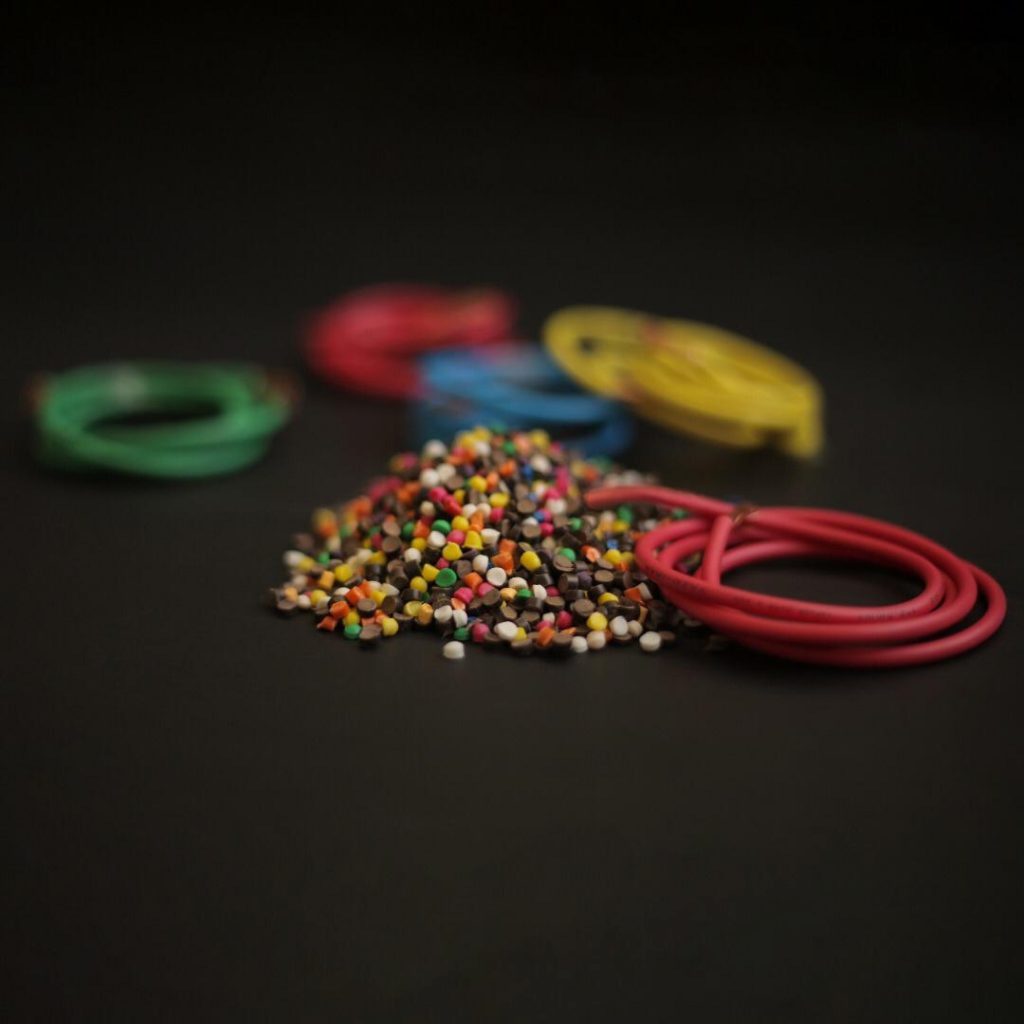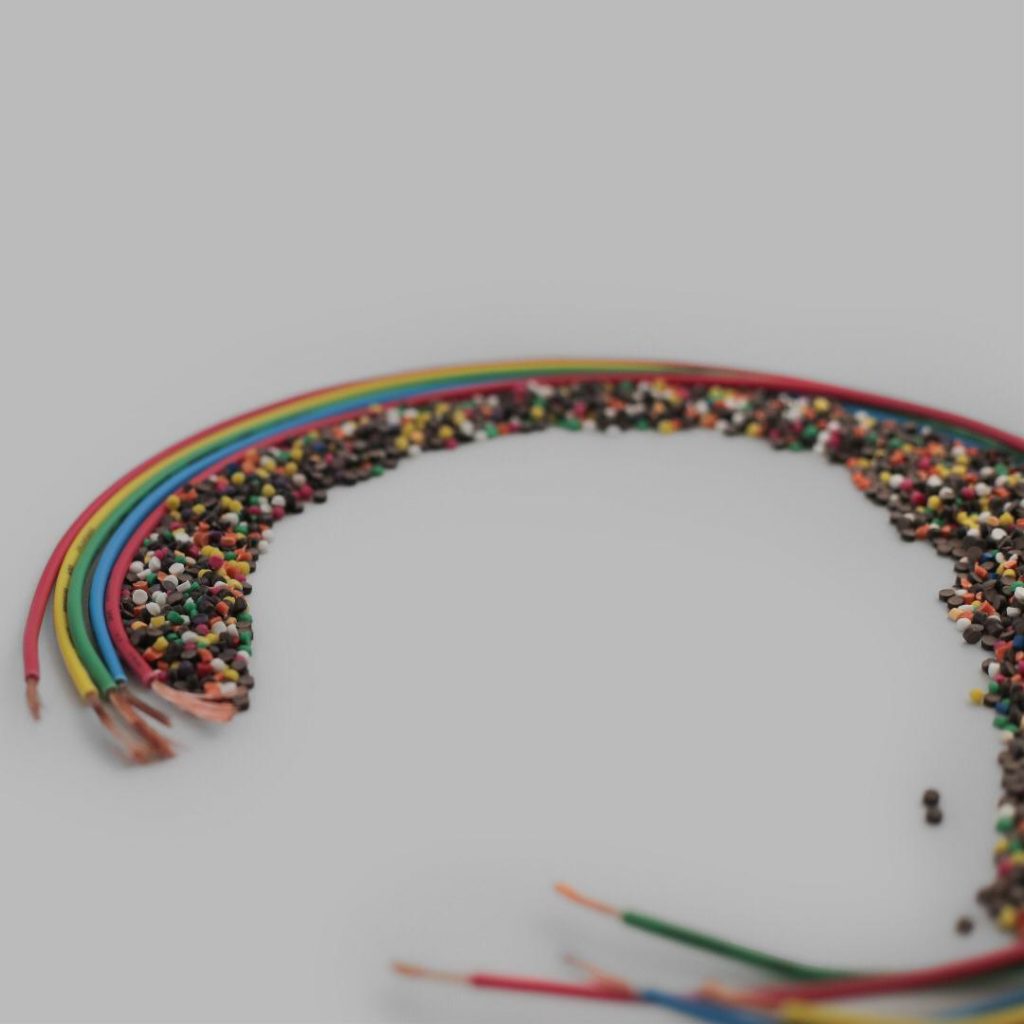Polyvinic Chloride, better known as PVC, is an incredibly versatile polymer. Appreciated for its ability to withstand an array of harsh environmental conditions, durability, and flexibility. It’s no surprise then that PVC has found its way into various industries, with a particularly significant role in the wire and cable industry.
Better known as PVC, Polyvinyl Chloride is a type of plastic shaped into various forms through heating and cooling processes. PVC granules represent these tiny fragments of PVC, commonly derived from the raw PVC resin. They can undergo additional processing and be imbued with unique properties, tailored to their final use.

The Use of PVC Granules in Wire and Cable Industry:
The wire and cable industry extensively utilizes PVC granules to fabricate insulating and sheathing materials. PVC provides excellent insulation properties, protecting the wires and cables from external factors, while also ensuring the safety of the users. Moreover, its inherent flame retardant properties add an extra layer of security.
PVC insulation offers an ideal balance of mechanical strength and flexibility. It can resist abrasion and withstand a wide range of temperatures. This makes PVC-insulated wires and cables an excellent choice for various applications. From consumer electronics and automobiles to heavy machinery and infrastructure.
The PVC granules used in cable and wire manufacturing undergo a process called extrusion. Manufacturers heat the PVC granules until they reach a molten state, and subsequently extrude the liquid PVC through a die, creating a continuous layer on the wire or cable. They can adjust this process to regulate the thickness of the PVC layer, thus enabling precise customization to fulfill specific needs.
Benefits of Using PVC Granules in the Wire and Cable Industry:
- Versatility: PVC granules can be tailor-made to suit various applications. Manufacturers can manipulate these PVC granules to be soft or hard, colored or clear, and can endow them with a multitude of additional properties, like resistance to ultraviolet (UV) light or enhanced fire resistance.
- Durability: PVC is resistant to weathering, chemical rotting, corrosion, shock, and abrasion. This makes it an excellent choice for both indoor and outdoor cables and wires.
- Safety: PVC is naturally flame retardant due to its chlorine content. This makes it a safe option for applications where fire risk may be an issue. Such as in buildings and vehicles.
- Cost-effectiveness: PVC is relatively low cost compared to other insulating materials. This, combined with its long lifespan, makes it a cost-effective choice.
Though PVC has faced scrutiny for its environmental repercussions, the industry has made significant advancements in recent years to tackle these issues. Efforts towards more sustainable practices include the development of bio-based PVC and increased recycling initiatives. As an example, manufacturers can grind used PVC cables into granules and repurpose them in the production of new cables. This practice reduces waste and curtails the demand for raw materials.
Moreover, companies are now more inclined towards the “Green Cable” concept. The idea is to reduce the environmental footprint of cable production by minimizing resource use, eliminating hazardous substances, and optimizing recycling capabilities.
Conclusion:
The use of PVC granules in the wire and cable industry is a testament to the material’s versatility, durability, and cost-effectiveness. The continuous innovations in the PVC industry aiming to reduce its environmental impact suggest that PVC will remain a significant player in the wire and cable industry. With the rise of the Green Cable concept and improved recycling initiatives, the future of PVC in this sector seems both promising and sustainable.
Despite the challenges, PVC has managed to stay relevant and valuable to the wire and cable industry, underpinning the transmission and connection in various sectors. The industry’s commitment to reducing its environmental footprint also points to a more sustainable future for PVC, reinforcing its indispensable role in the wire and cable industry.

